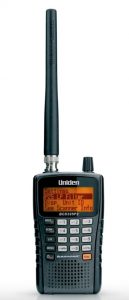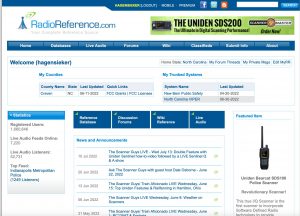TOPDON CarPal OBD2 Scanner Review
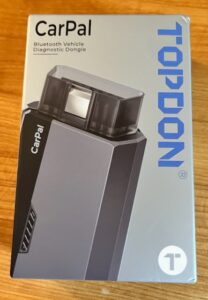
TOPDON CarPlay OBD2 Scanner
So you are driving along and your “Check Engine” light comes on. What do you do? What you shouldn’t do is go to the mechanic with no information about the maintenance issue. In 1996 On Board Diagnostics (OBD) scanners were made mandatory for all vehicles made in the United States. Today I’ll be reviewing the TOPDON scanner (OBD2), the CarPlay, currently $39.99.
When that Check Engine light comes on you simply plug this device into the OBD2 port, connect via Bluetooth to an app on your smart phone and run a full diagnostic test of your vehicle. The results will be displayed as a Diagnostic Trouble Code (DTC). This means any average user can know exactly what is wrong with their vehicle before talking to a mechanic.
Having said that, this is a device that EVERYONE needs in their car just like you need a tire gauge. Walking into a repair shop and saying “I don’t know what’s wrong” could end up getting you taken for an expensive ride.
OBD2 (2nd generation) ports generally sit just left of the steering wheel in most vehicles. On my 2018 Toyota Tacoma it is literally a loose wiring connection near my fuse block.
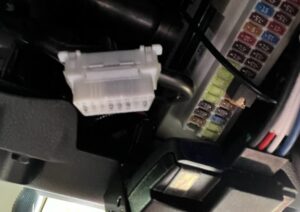
OBD2 Port Connector

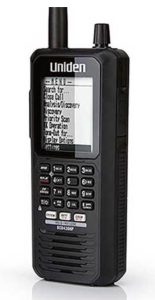
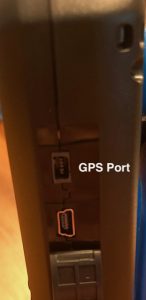
 Always wanted one of these
Always wanted one of these 